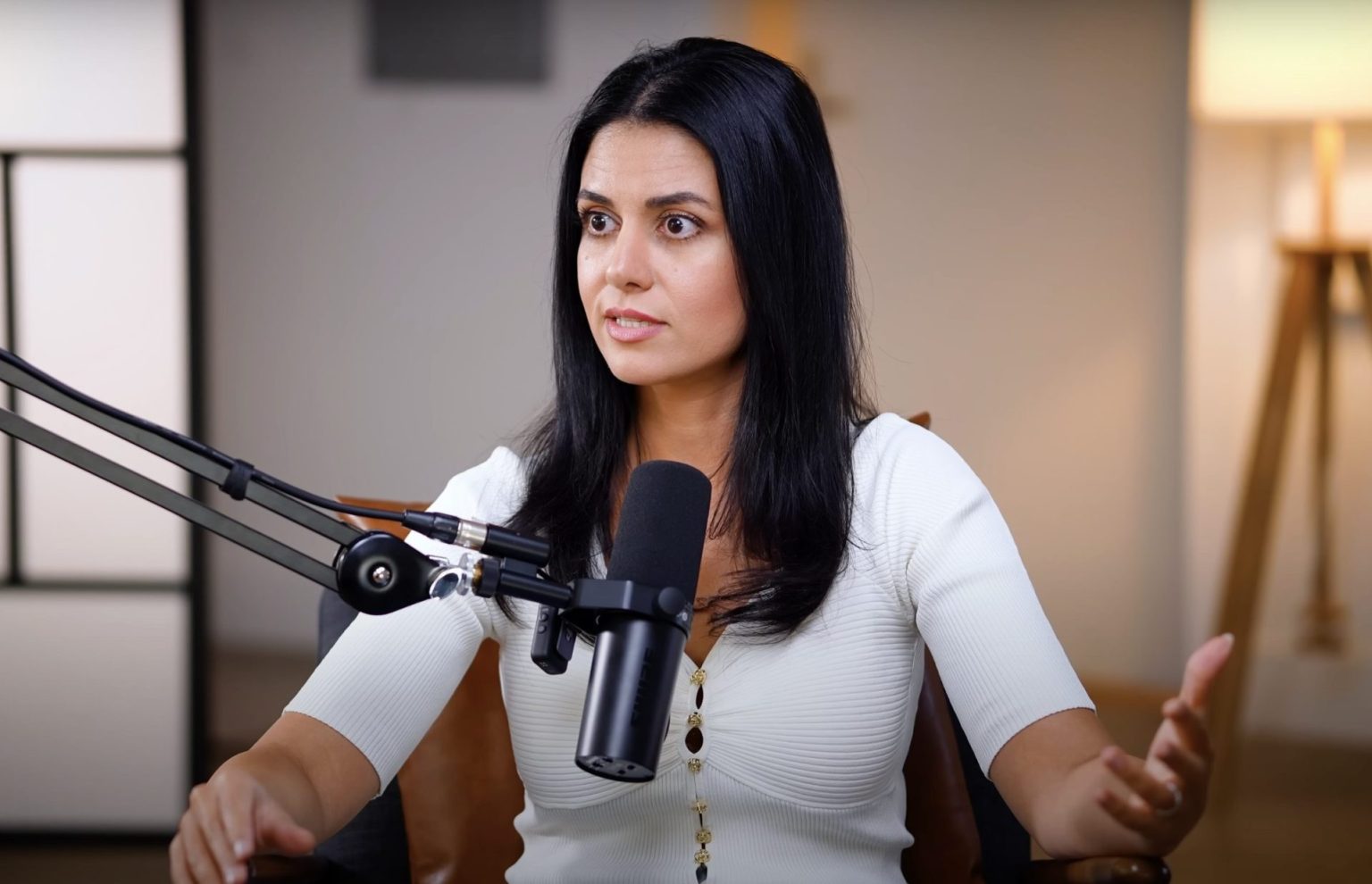I just watched a video where Omar sat down with Kiana Danial, an 8-figure investor who hit financial freedom in her thirties, and what she shared completely changed how I think about investing. She broke down why investing isn’t just for Wall Street pros—it’s something everyone needs to be doing.
One of the biggest takeaways? Keeping your money in a bank account isn’t actually “safe” as we’ve been taught. Banks take our money, use it to make massive profits, and then give us crumbs in return—sometimes as little as 0.01% interest. Even those so-called “high-yield” savings accounts offering 4%? That’s nothing compared to what banks are making off our deposits.
The Three Types of Investment Everyone Should Know
There are three fundamental types of investment that create a path to financial freedom:
- Investing in yourself through education and personal development
- Investing in your own business or primary income source
- Investing in other people’s assets (stocks, real estate, etc.)
Most entrepreneurs excel at the first two but often neglect the third. This oversight can be costly, as investing in assets is crucial for building long-term wealth and achieving true financial freedom.
Getting Started with Stock Market Investing
The first step to successful investing is establishing a strong foundation. Before putting money into stocks, create an emergency fund covering 3-12 months of expenses in a high-yield savings account. This provides security and peace of mind while investing.
Here’s a practical approach to begin investing:
- Choose a reputable broker (Robinhood, Fidelity, Charles Schwab)
- Start with 5-10 quality assets maximum
- Set up automatic monthly contributions
- Use buy limit orders to purchase stocks at desired prices
- Consider dividend-paying stocks for passive income
The Power of Dividend Investing
Dividend investing represents one of the most powerful ways to generate passive income. Companies like Microsoft, Costco, and defense contractors pay regular dividends to shareholders. These payments can provide steady income without selling your assets.
For example, if a company pays a 3% dividend yield and you own $100,000 worth of shares, you’d receive $3,000 annually in dividend payments. This income can be reinvested to compound returns or used for living expenses.
Managing Risk and Emotions
Success in investing requires managing both risk and emotions. Before making any investment, ask yourself two critical questions:
- How would I feel if this investment dropped 50% tomorrow?
- How would I feel if I didn’t invest and the price doubled tomorrow?
The answer that makes you feel less uncomfortable is often the right choice. Document your investment decisions and reasoning to refer back to during market volatility.
The Truth About Financial Education
The lack of financial education in schools isn’t accidental. Banks and financial institutions benefit from public ignorance about investing. They profit from people keeping money in low-interest accounts and relying on expensive financial advisors.
This system perpetuates wealth inequality and keeps many people from achieving financial freedom. But by learning to invest and manage money independently, we can take control of our financial futures.
Frequently Asked Questions
Q: How much money do I need to start investing in stocks?
You can start investing with any amount of money after establishing an emergency fund. Many brokers allow you to buy fractional shares, meaning you can invest with as little as $1.
Q: Is it too risky to invest in individual stocks?
While individual stocks carry more risk than index funds, you can manage risk by diversifying across 5-10 quality companies and investing consistently over time. Starting with established companies that pay dividends can also reduce risk.
Q: Should I hire a financial advisor to manage my investments?
Most people can learn to manage their own investments effectively. Financial advisors often underperform market averages and charge high fees. Consider investing in financial education instead of paying ongoing management fees.
Q: How often should I check my investment portfolio?
Reviewing your portfolio once per month is typically sufficient. Checking too frequently can lead to emotional decisions and unnecessary trading. Set up automatic investments and focus on long-term growth.
Q: What’s the difference between trading and investing?
Trading involves frequent buying and selling to profit from short-term price movements. Investing focuses on long-term wealth building through holding quality assets. Most people should focus on investing rather than trading.

